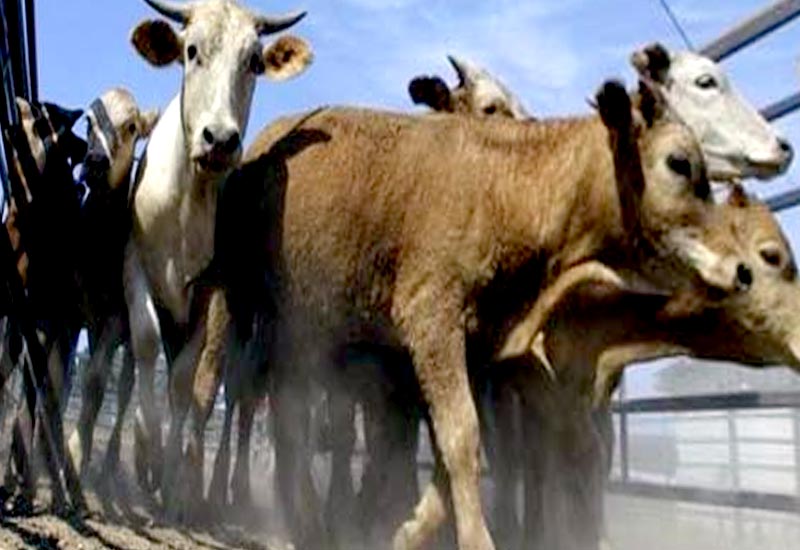BAGUIO CITY – Reinforcing the field of artificial insemination (AI) in Cordillera, an alternative method known as the Fixed-Time Artificial Insemination (FTAI) was introduced during the AI workshop and Seminar for Large Ruminants held at Mount Tepeyac.
“In the light of climate change, one way to improve animal productivity is through Fixed Time Artificial Insemination (FTAI) and ovulation synchronization,” said Edwin C. Atabay, center director of the Philippine Carabao Center at Central Luzon State University.
Some of the main problems encountered are the productivity and profitability of raising carabao which is affected by its reproductive efficiency due to various factors such as poor estrus expression, breeding seasonality, and long calving interval (birth interval of calves). Also, carabaos are known to exhibit silent heat phenomenon, causing difficulties in estrus detection mainly due to poor expression by animal and poor detection by human, long time estrus and ovulation. FTAI can increase the use of AI in buffalo breeding, he added.
Further, Dr. Eufrocina Atabay who led the research and development (R&D) for optimizing reproductive biotechnologies, reveals that through FTAI, there is no need for heat detection, there is higher conception or pregnancy rate while ovulation synchronization ensures the growth and development of ovarian ovulatory follicles. It can also be performed at random stages of the estrus cycle facilitating year-round calf and milk production during breeding (September to February) and non-breeding seasons (March to August), and essentially improve AI efficiency and reduce calving interval.
Meanwhile, Edelina Rellin, Senior Science Research Specialist of the Philippine Carabao Center- Cagayan State University (PCC-CSU) who represented Director Franklin Rellin said that there are strategies that can be emulated to increase AI output in the Cordillera. One can be to target areas where 80% of the output can be achieved. The Cordillera has 28,507 breedable females in the backyard level involving 46,170 farms and 32 commercial farms. It requires so much resource to reach those farms and farmers, therefore there is a need to prioritize the barangays with the most number of breedable female carabaos that will result in higher output.
The activity catered to municipal and provincial coordinators and AI technicians who serve as the frontliners in the livestock field.
By JF Potectan














